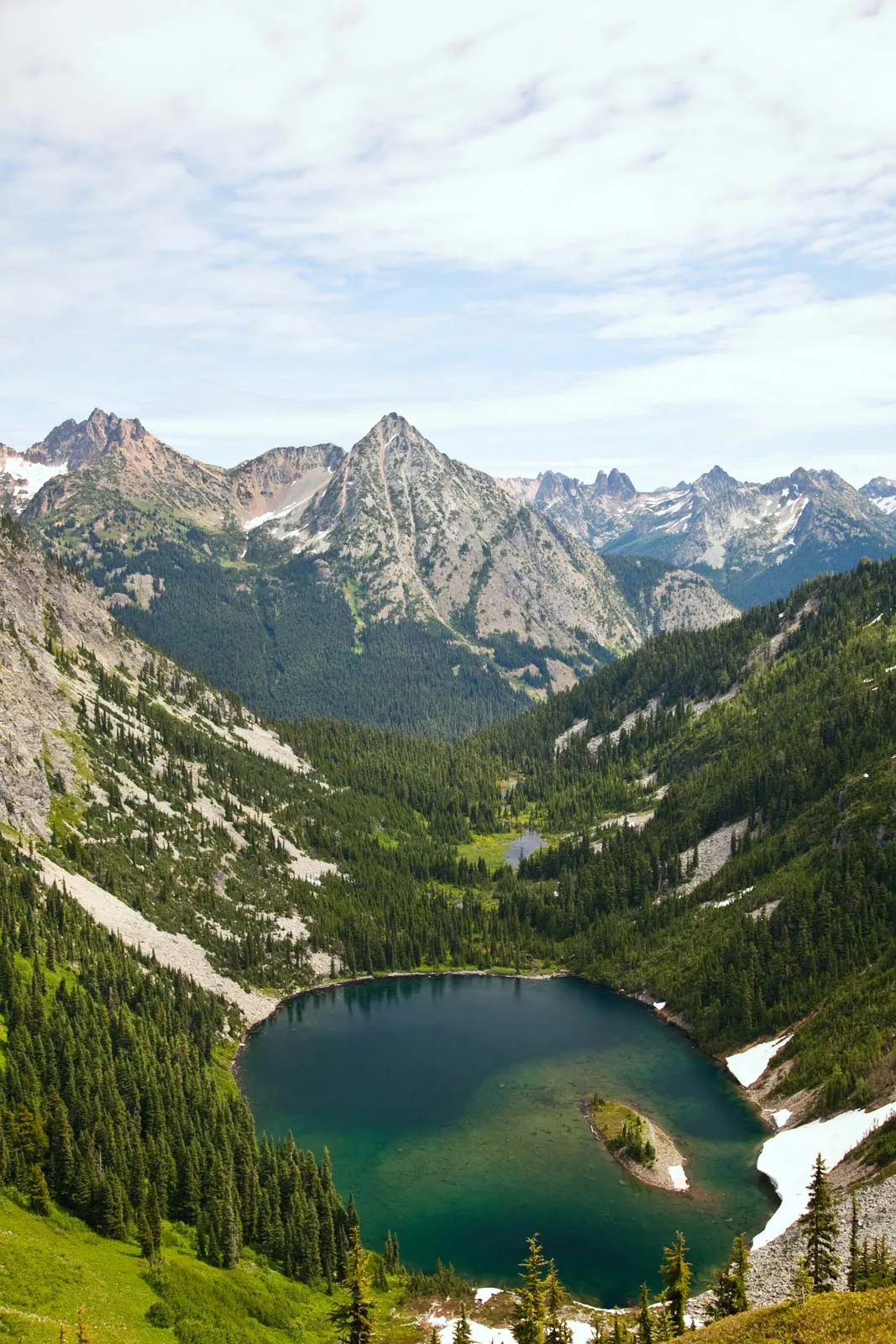Lakes are a type of water body, typically freshwater, that is surrounded by land. Lakes are larger and deeper than ponds, and their boundaries may be naturally defined by vegetation or topography. They may also be man-made, such as reservoirs. The scientific study of lakes is called limnology.
Lakes are found on every continent except Antarctica, and they occur in a wide variety of environments from polar regions to the tropics. Inland lakes cover a greater surface area than any other type of water body on Earth (excluding oceans). Lakes are very important for life on Earth; they provide drinking water for humans and animals, irrigation water for crops, hydroelectric power, recreation opportunities (such as swimming, boating and fishing), and support many species of plants and animals.
Most lakes form in areas where there is a depression in the landscape that collects runoff from precipitation or melted snow. The resulting body of water is often referred to as a “basin lake”. Some lakes, however, are formed by tectonic activity; these include crater lakes (formed by volcanic eruptions) and caldera lakes (formed when the roof of a magma chamber collapses). Other types of lakes include endorheic lakes (which have no outlet to an ocean), playa lakes (found in dry desert regions), maar lakes (formed by explosions caused by lava coming into contact with groundwater), periglacial lakes (formed during periods when the climate was much colder than it is today), oxbow lakes (formed when meandering rivers change course), glacial lakes (formed by glaciers), ponors (collapse sinkholes that fill with rainwater)and kettles(depressions formed when chunks of ice break off glaciers and become buried in sediment).
Lakes can vary greatly in size; the largest lake in the world is Lake Baikal in Siberia, which has an area of over 31000 square kilometers. The smallest lake on Earth is Anekomati Pond in Greece, which has an area of just 0.01 square kilometer.Lake Baikal contains about 20% of the world’s fresh surface water!
The depth of a lake can also vary considerably; while most average around 3 meters deep, some like Crater Lake in Oregon go down to over 600 meters deep! The deepest known lake is likely O’Higgins-San Martin Lake located at the southern tip Chile/Argentina border which plunges down 2200 meters! Not all bodies classified as “lakes” actually contain freshwater; so how does one know if it’s really a lake? Generally speaking if less then 50%of its inflowing waters come from sources other then direct precipitation then it would be considered freshwater – but note this still leaves scope for large variation! For example: Great Salt Lake Utah USA only evaporates about 1/3rd its inflowing river waters yet because those inflowing waters originate from relatively saline groundwater seeps it remains classified as brackish/saline! On contrast though Monterrey Bay California’s freshwaters come 100% from direct precipitation yet because rainfall there averages only 10-20 inches annually (~25-51 cm)it nonetheless classifies as saline due to high evaporation rates leaving behind concentrated dissolved minerals – making salinity comparable to that seawater! Indeed some hypersaline inland seas like Great Salt Lake & Mono Lake California exceed seawater salinity yet support abundant aquatic life adapted to those conditions – including brine shrimp & brine flies!. Finally not all bodies currently identified as freshwater “lakes” will remain so indefinitely into future due some containing high concentrations dissolved minerals leached out bedrock that will eventually raise concentrations past saturation leading to eventual precipitate deposition & further raising floor levels until eventually becoming shallower pools or even dry basins depending location relative regional hydrology


